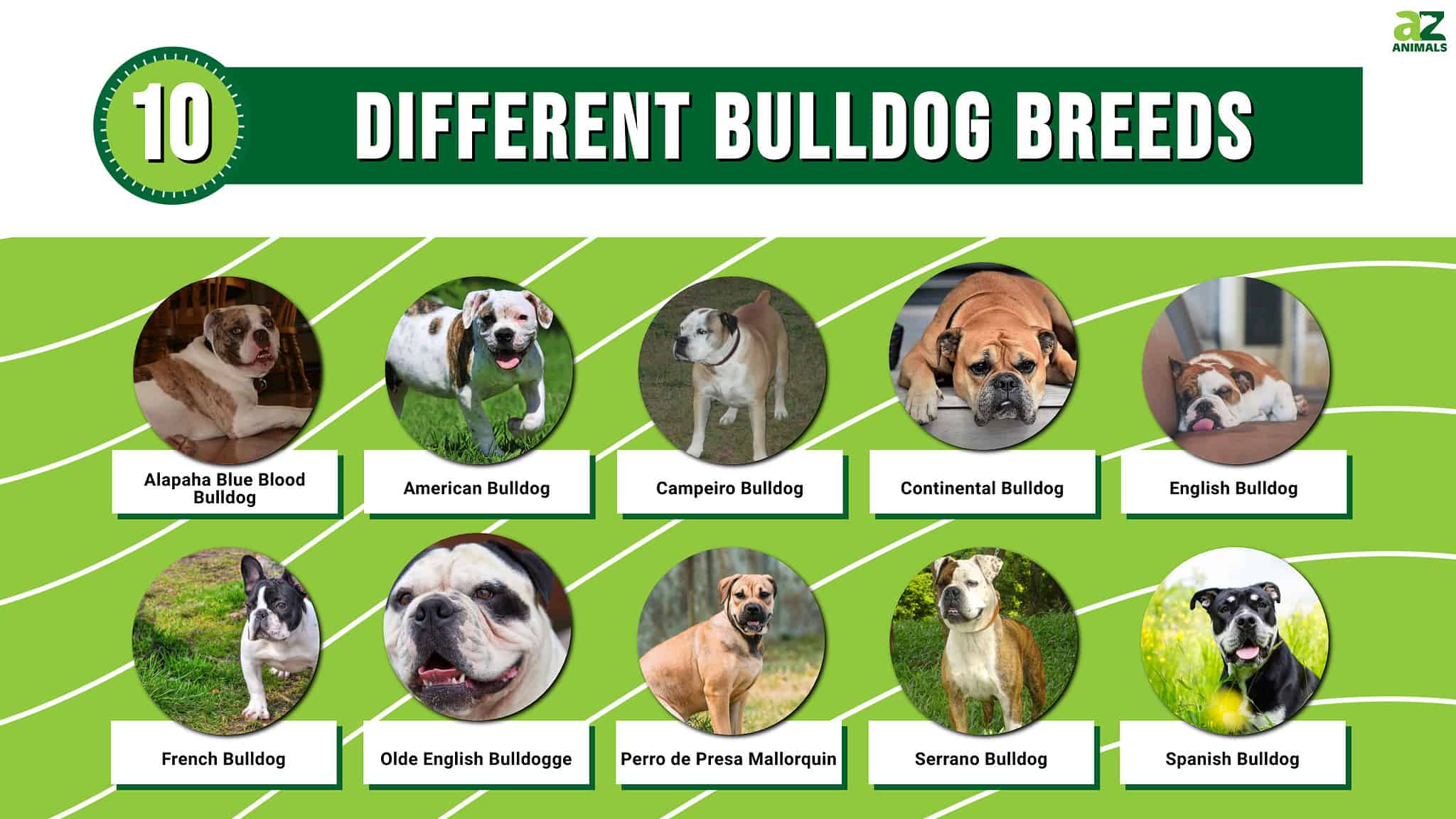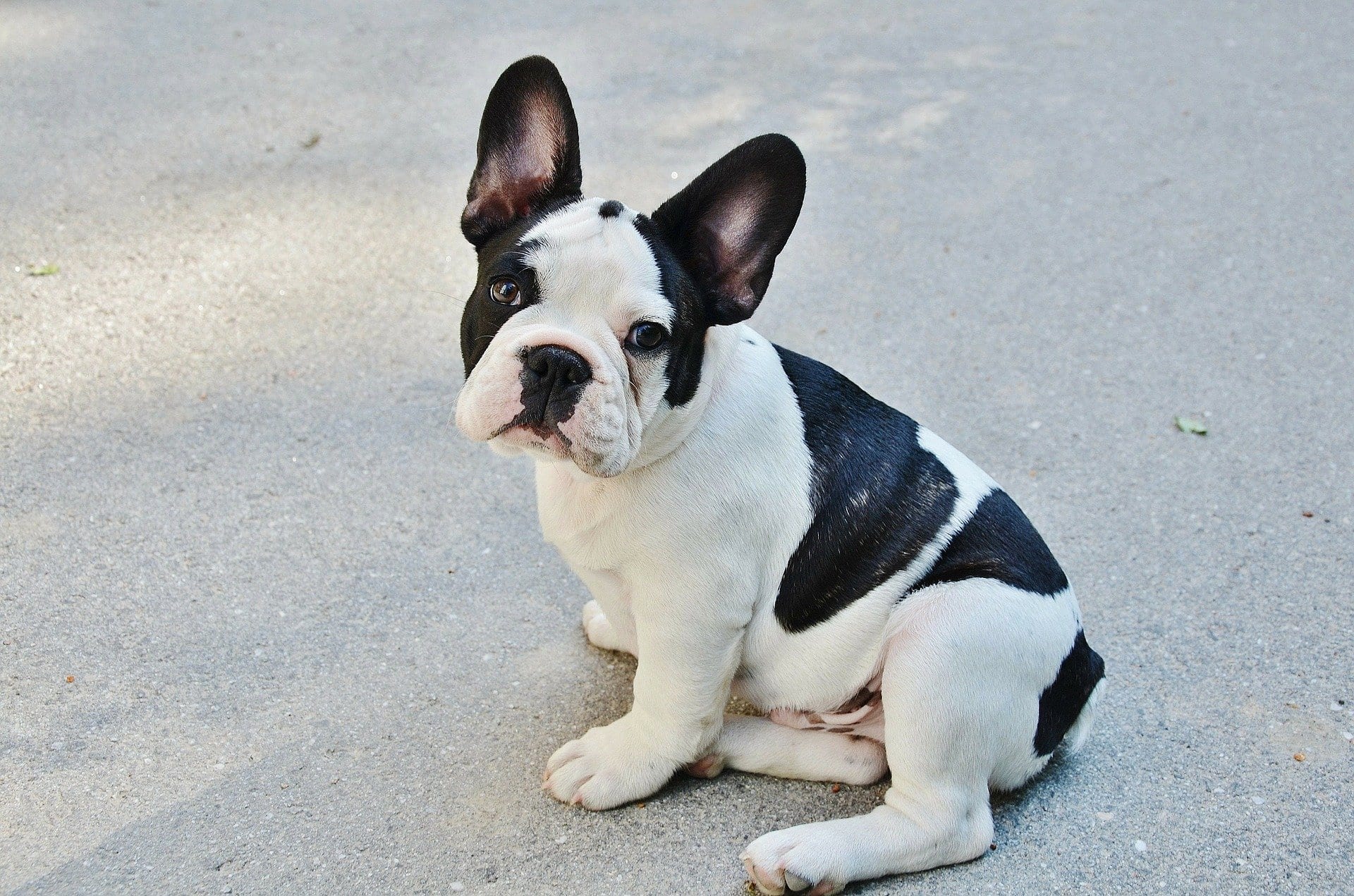Bulldogs and Their Unique Appearance: Fun Facts and Complexities
Introduction
Bulldogs, with their distinctive wrinkled faces, powerful jaws, and stocky builds, are a popular breed known for their endearing appearance and gentle demeanor. Their unique physique, however, extends beyond mere aesthetics and raises questions about the complexities of selective breeding, genetic diversity, and the interplay between physical characteristics and canine health. This essay will critically examine the intricacies of Bulldogs' appearance, exploring fun facts, historical context, scientific research, and the ethical considerations surrounding their breeding practices.
Historical Perspective and Selective Breeding
Bulldogs originated in England during the 16th century as a combination of Mastiffs and Old English Bulldogs. They were originally bred for bull-baiting, a cruel sport that involved setting a dog against a bull. Over time, selective breeding shaped their physical traits to enhance their ability to take down large animals. The development of their massive jaws, broad chests, and muscular structure allowed them to hold on to their quarry despite the bull's resistance.
As bull-baiting declined in the 19th century, Bulldogs became popular companions and show dogs. Breeders began emphasizing specific physical characteristics that appealed to the prevailing aesthetic tastes. However, this selective breeding also led to potential health concerns, as certain inherited traits became more prevalent within the breed.
Unique Physical Characteristics and Health Implications
Bulldogs' unique appearance is largely attributed to their brachycephalic (short-nosed) anatomy. Their flattened faces and narrow airways often result in breathing difficulties, snoring, and overheating. This brachycephalic airway syndrome can lead to respiratory problems, reduced exercise tolerance, and even life-threatening conditions.
Additionally, Bulldogs often exhibit skin wrinkles, especially around the face and body folds. While these wrinkles give them their signature appearance, they can be prone to skin infections and irritations if not properly cleaned and cared for. The breed's heavy, muscular physique also poses challenges, as they may be more susceptible to joint problems and obesity.
Ethical Considerations and the Future of Bulldogs
The pursuit of extreme physical characteristics in Bulldogs has raised ethical concerns among animal welfare advocates and responsible breeders. The health complications associated with brachycephaly and other inherited traits have prompted calls for more ethical breeding practices that prioritize the well-being of the dogs over their appearance.
Some organizations, such as the American Kennel Club (AKC), have developed breed standards that discourage extreme physical traits and emphasize health considerations. However, the demand for certain aesthetic qualities among breeders and the public continues to influence breeding decisions. Balancing the preservation of the Bulldog's distinctive appearance with the promotion of their health and longevity remains an ongoing challenge.
Perspectives on Bulldog Appearance
Different perspectives exist regarding the Bulldog's appearance. Some proponents of traditional breeding practices argue that the breed's characteristics, including its wrinkled face and brachycephaly, are essential to its identity and historical significance. They maintain that preserving these traits ensures the continuation of the Bulldog lineage and the breed's unique aesthetic appeal.
On the other hand, opponents of extreme selective breeding highlight the potential health risks associated with the Bulldog's physical traits. They advocate for a focus on promoting healthy genetic diversity and reducing the prevalence of inherited disorders. They argue that the pursuit of certain physical characteristics at the expense of well-being is unethical and detrimental to the long-term health of the breed.
Conclusion
Bulldogs' unique appearance presents a complex interplay of historical context, selective breeding, and ethical considerations. While their distinctive physical traits have endeared them to many, they also raise concerns about their health and well-being. Responsible breeding practices, informed by scientific research and ethical guidelines, are essential to ensure that future generations of Bulldogs can enjoy long, healthy lives while preserving their iconic appearance in a balanced and humane manner.
The ongoing dialogue surrounding Bulldogs' appearance challenges us to reconsider the priorities in dog breeding and encourages a more nuanced approach that encompasses both the preservation of unique characteristics and the promotion of canine health. By critically examining the complexities of their appearance, we can work towards a future where Bulldogs are celebrated for their charming personalities and robust constitutions, rather than solely for their unique physical traits.
Why Cane Corsos Are Great For Protection And Service Work
Pembroke Welsh Corgis And Their Adorable Short Legs: Fun Facts
How Asian Semi-longhair Cats Bond With Their Owners



